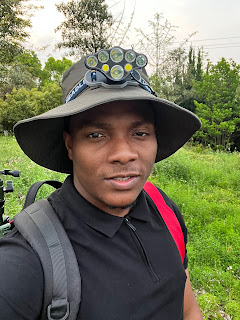#SevenThings - November 26, 2022
This week, Rare Earth Outreach is excited to share how we can LEARN about the First Nations Information Governance Centre (FNIGC) and Ownership, Control, Access, and Protection (OCAP). While there is an obvious connection between unlawful and immoral possession of sacred items and artifacts (like the Royal Alberta Museum's meteor known as Manitou Asinîy) but could there be arguments for returning negatives and film taken of Indigenous, Métis, and Inuit peoples, too?
WATCH this video explaining FNIGC, its mission, and OCAP's role in the ethical use, interpretation, and preservation of data ranging from research surveys and photographs to biological samples.
Now that you have watched the video, there is a LOT more information coming at you so we suggest you look up a local (or discover a favourite) Canadian Indigenous radio station to LISTEN to while you read.

FOLLOW Dr. Kim Tallbear on Twitter for up-to-date information on topics that range from misappropriated Indigenous DNA to Sex in the Tipi.
READ this article from MacLean's regarding museums dismantling their collections and returning Indigenous, Métis, and Inuit artifacts. While there isn't enough information to debate whether or not Pollard could be lumped in with armchair anthropologists who used observation of other cultures to explain, justify, and propagandise harmful ethnocentric narratives, this begs the question of whether Pollard's negatives belong at the Provincial Archives or in the hands of the peoples whose settlements and likenesses were made. As digitization of collections continues, are governments and museums entitled to create photographs before the artifacts are returned?
Were you aware of the fact Land Acknowledgement was a "thing" for Indigenous and First Nation cultures before the 94 Calls to Action were a "thing? You can visit (and donate to) SUPPORT this website facilitating people being able to locate themselves on Turtle Island so they can acknowledge which Indigenous, Métis, and Inuit peoples traditionally walked in the place they now call home, along with Treaties that affected the area and languages that were and are spoken there. It would be amazing to one day see this site be able to include (for example) access to a library of OCAP-narrated images so that when you hover over a GPS coordinate, one of Pollard's images with corrected and accurate details pops up...








Comments
Post a Comment